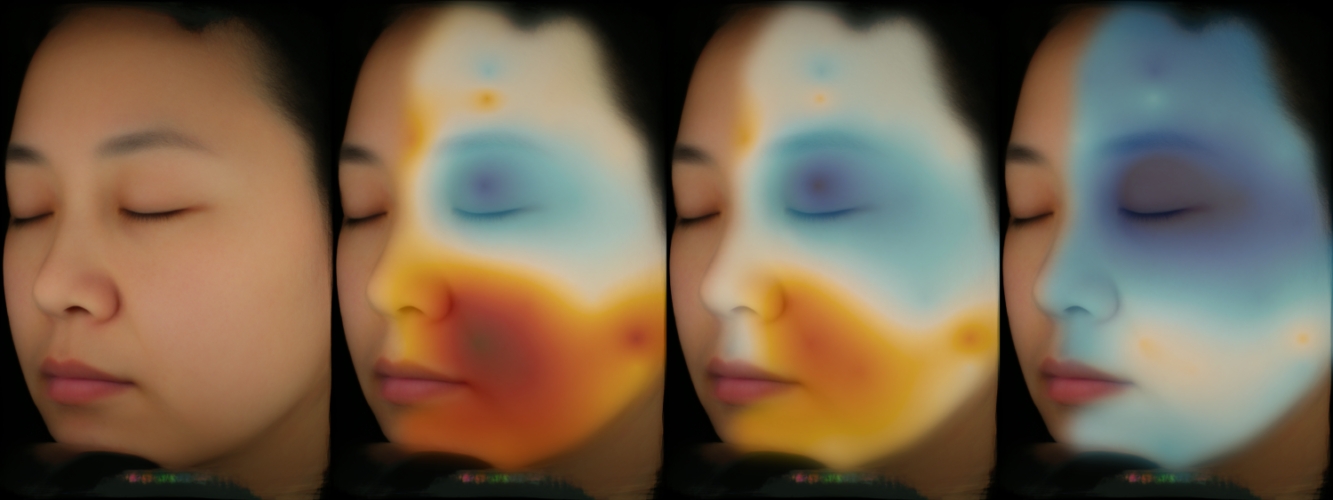Facial skin mapping: from single point bio-instrumental evaluation to continuous visualization of skin hydration, barrier function, skin surface pH, and sebum in different ethnic skin types
Dry skin is one of the most important concerns of consumers worldwide. Despite huge efforts over several decades, the personal care industry still does not offer a perfect solution to satisfy the unmet needs of consumers for moisturising treatments in different ethnic groups. The paucity of data for the underlying cellular and biochemical problems in, and the effects of moisturisers on photodamaged facial skin may partly explain this. Mainly, single point measurements are used to understand the effects of products on skin physiology even on surrogate skin sites such as the non-photodamaged volar forearm.
Some groups have developed discontinuous facial maps of skin biophysical properties, however, in 2014 a continuous facial analysis of bio-instrumental evaluations was developed using a heat map approach. These maps enabled a continuous visualization of features that not only revealed an unexpected complexity of facial skin but also indicated that use of surrogate skin sites for facial skin is inappropriate. We have demonstrated that remarkable gradients of skin hydration, TEWL, skin surface pH and sebum exist within short distances across the face and the gradients are distinctive among different ethnic groups.
In addition, these studies have demonstrated that darkly-pigmented individuals do not necessarily have a better skin barrier function than their less-pigmented counterparts and that Caucasians have a lower facial skin surface pH compared with more pigmented subjects. Overall, there are no correlations between capacitance, TEWL and skin surface pH including individual topology angle values. Novel 3D camera approaches have also been used to facilitate a more precise assignment of measurement sites and visualisation. The 3D facial colour mappings illustrated precisely the local moisturising effects of a moisturising cream.
There were subtle ethnic differences in efficacy that may be related to underlying skin biochemistry and/ or ethnic differences in product application. A placebo-controlled study using conductance measurements in Chinese subjects is also reported. Finally, a new whole face statistical approach has been taken to prove differences in skin parameters but also of moisturiser treatment that adds further to our understanding of the ethnic differences in skin physiology and product application. This paper reviews the background of the development and application of this methodology.
Upoload the article: Facial skin mapping 1019
Elodie Prestat-Marquis
Newtone Technologies
13 bis Place Jules Ferry
69006 Lyon – France
Tel: +33 (0)4 28 29 91 47
Tel: +33 (0)7 77 23 04 06










 Follow us on Linkedin!
Follow us on Linkedin!
You must be logged in to post a comment.